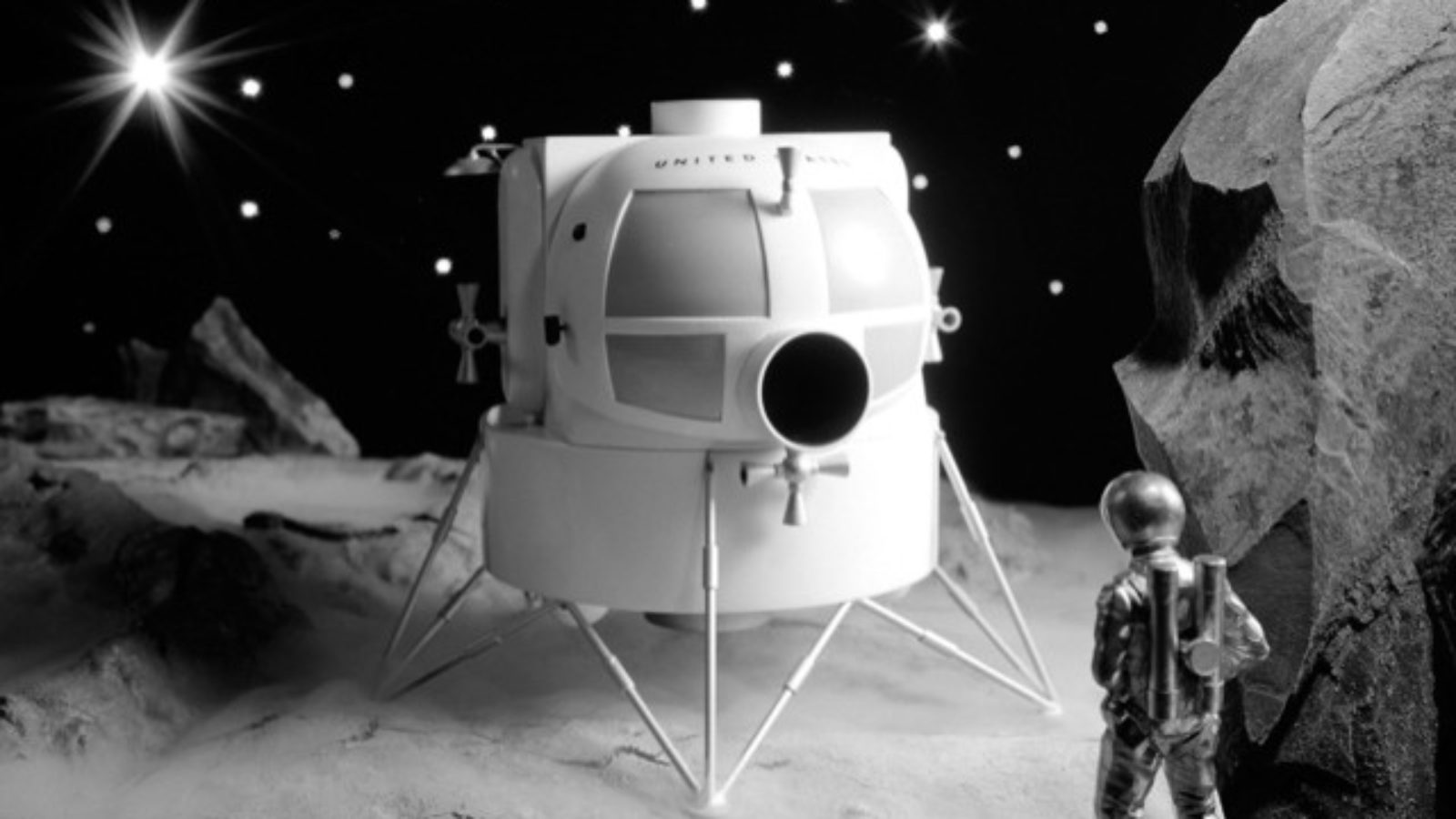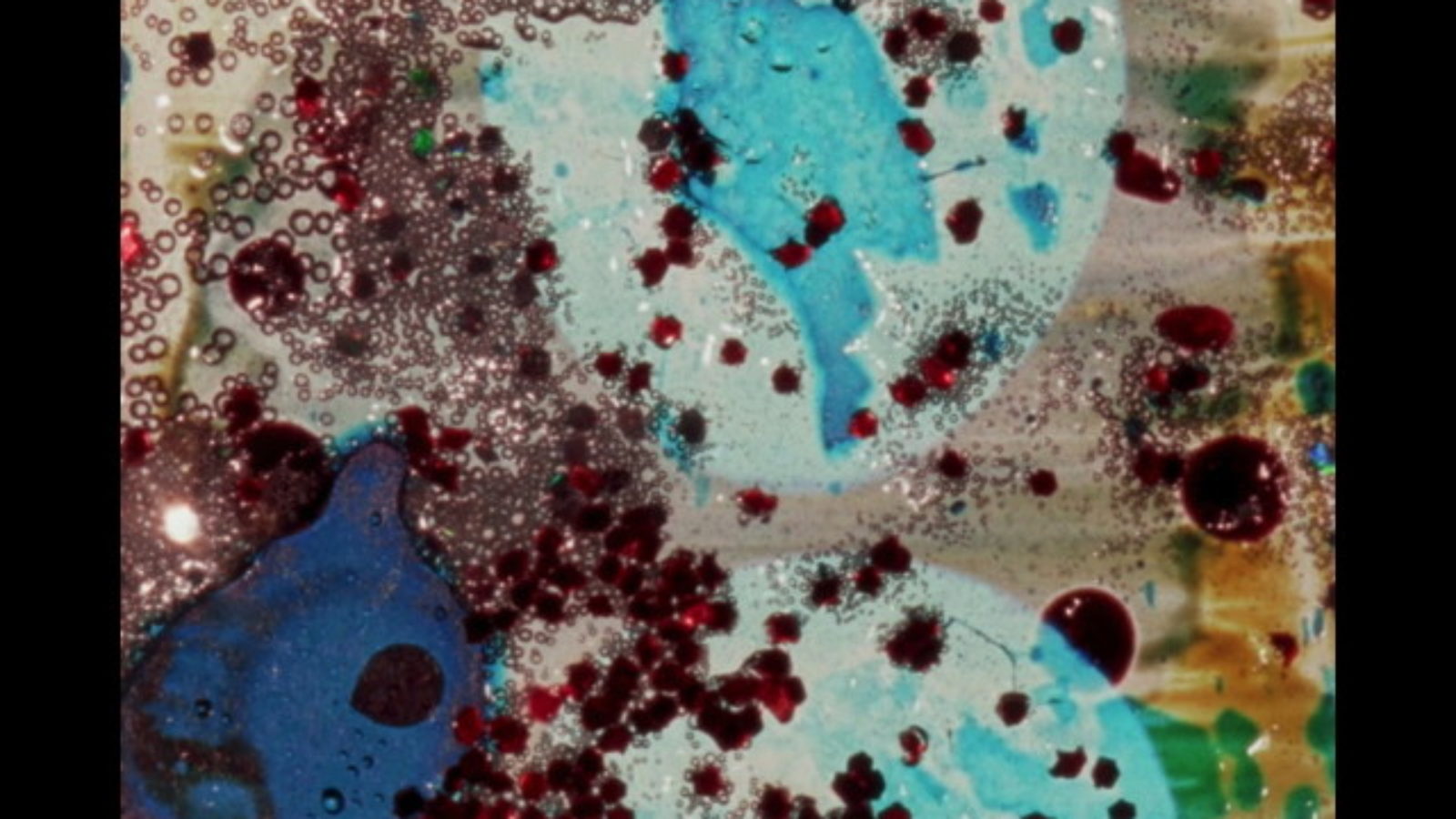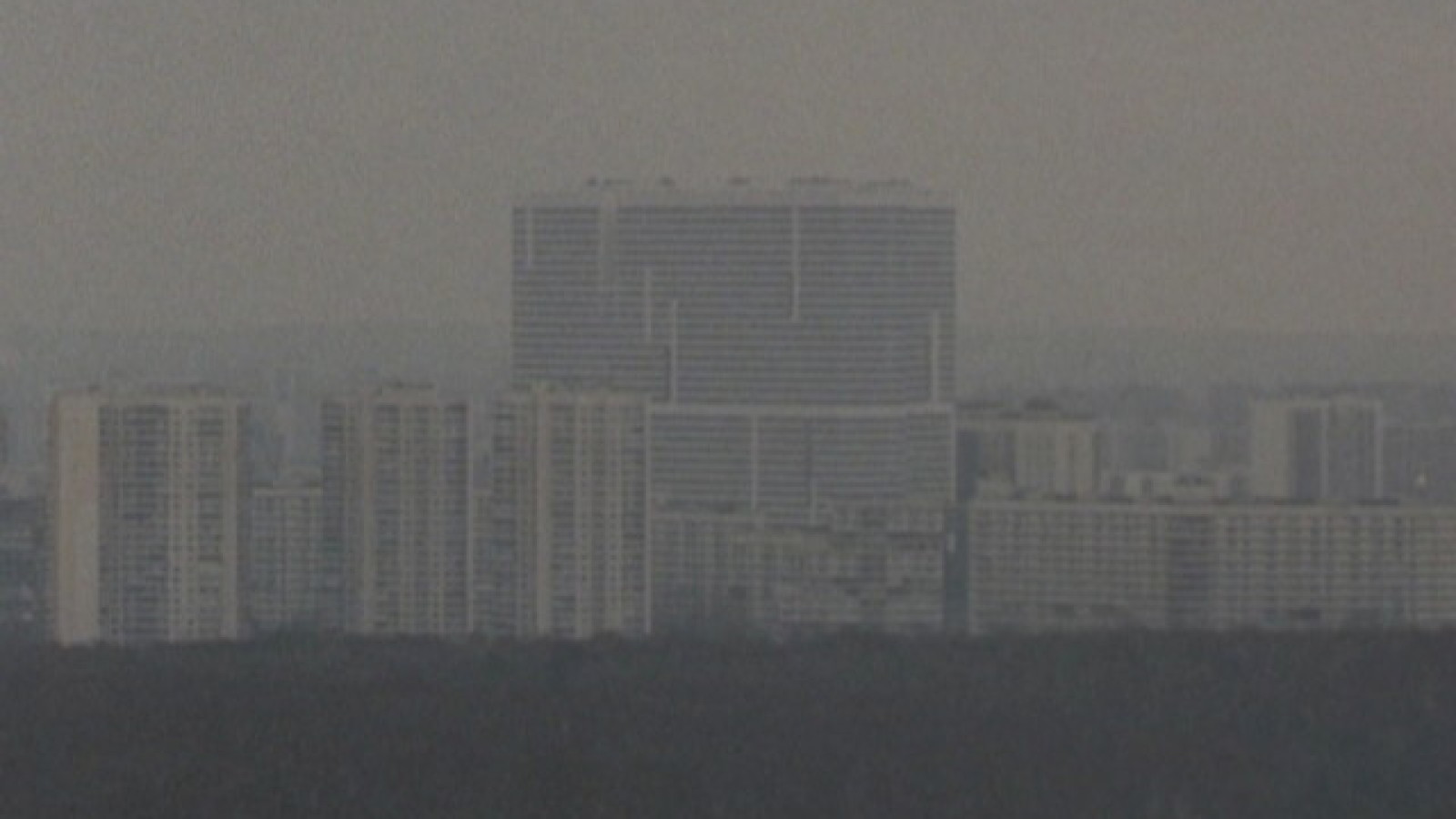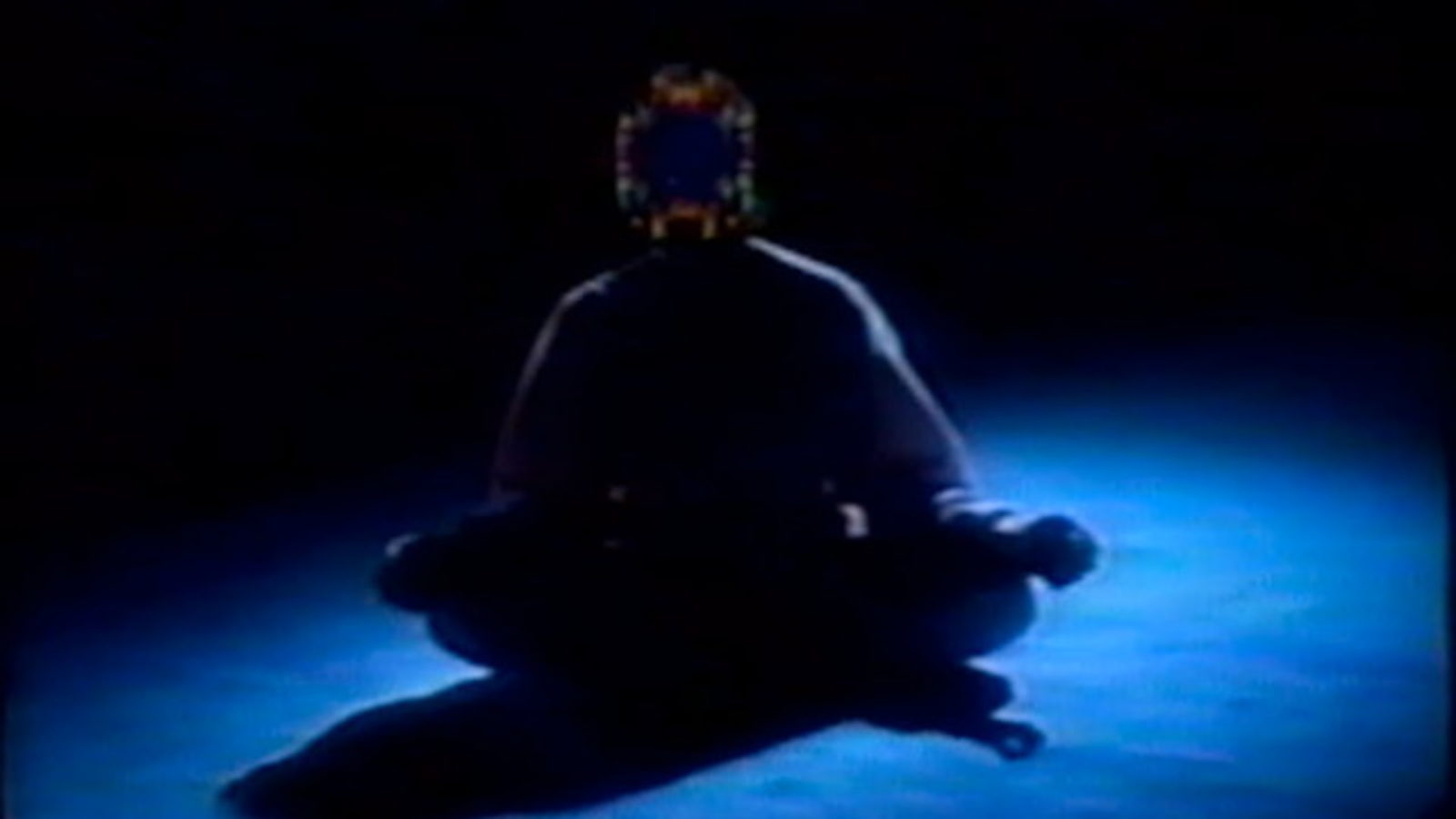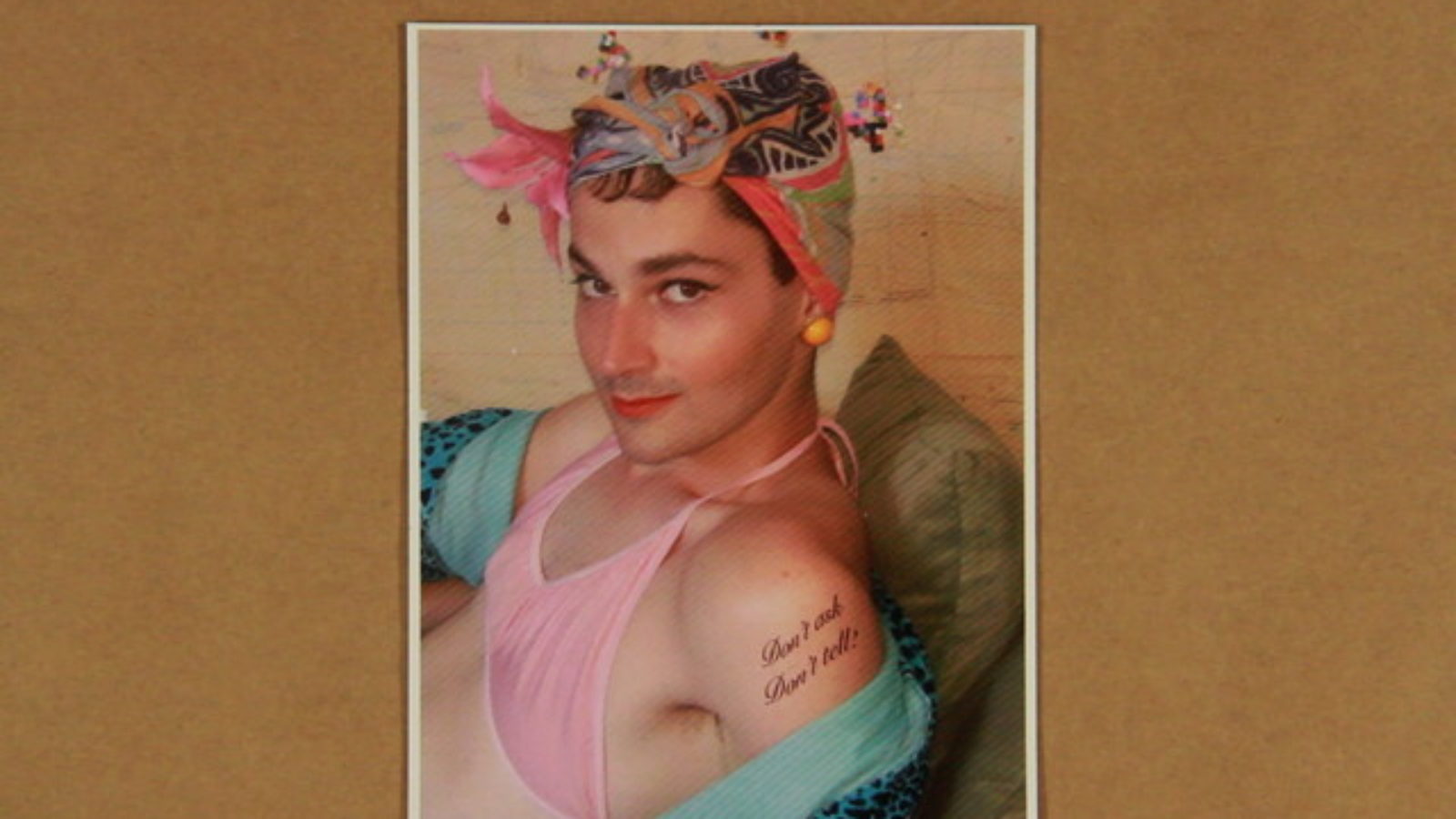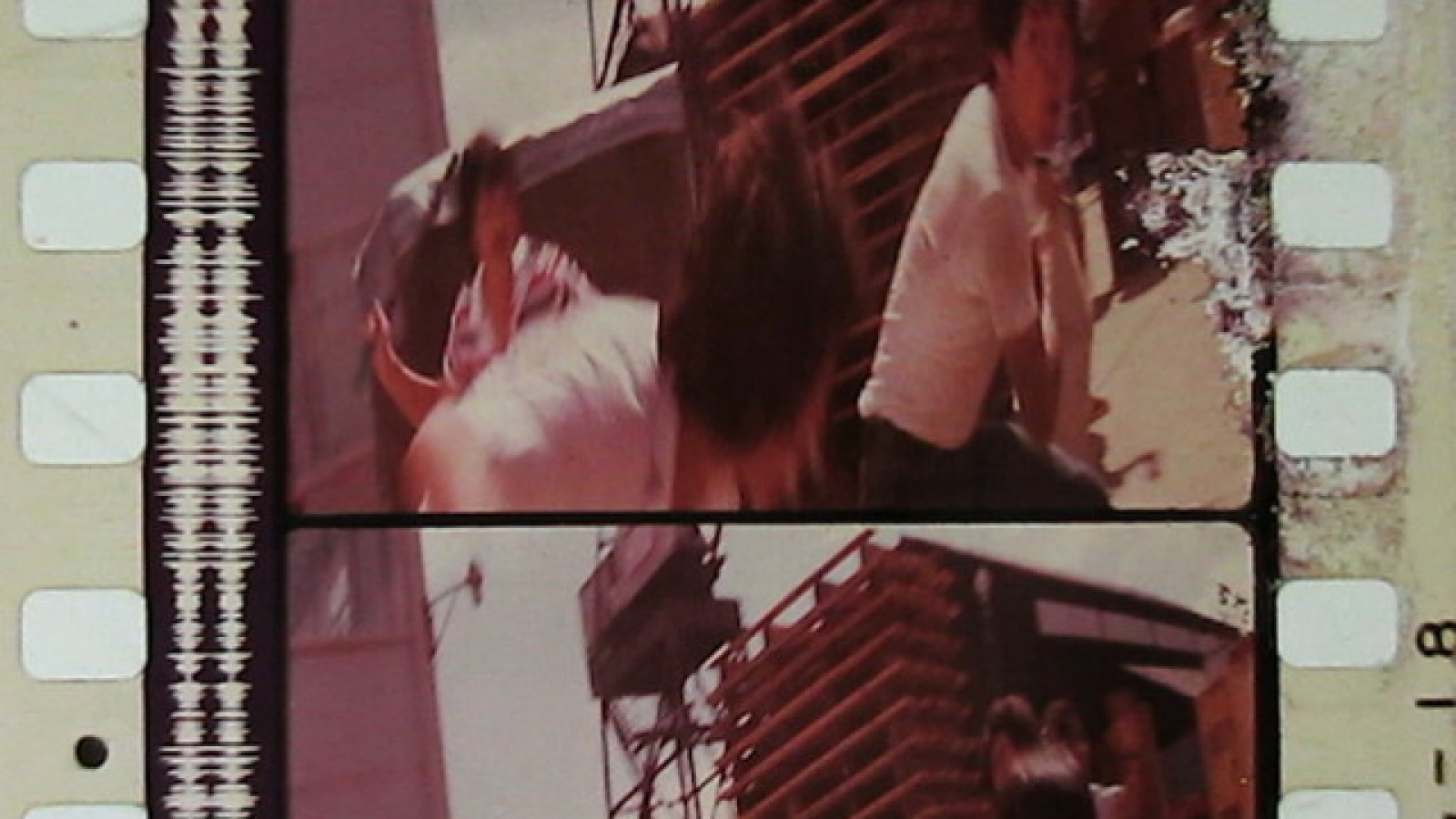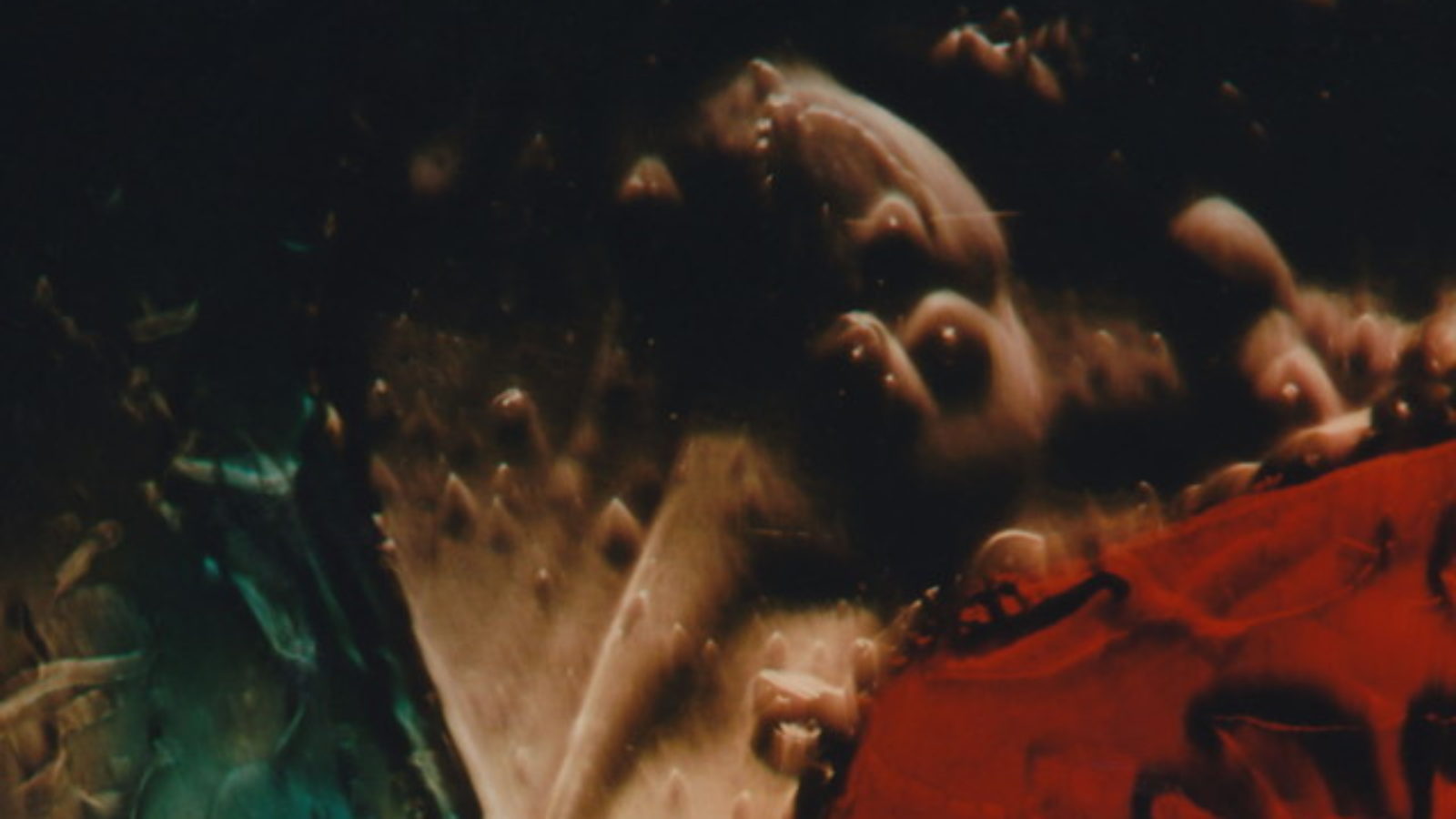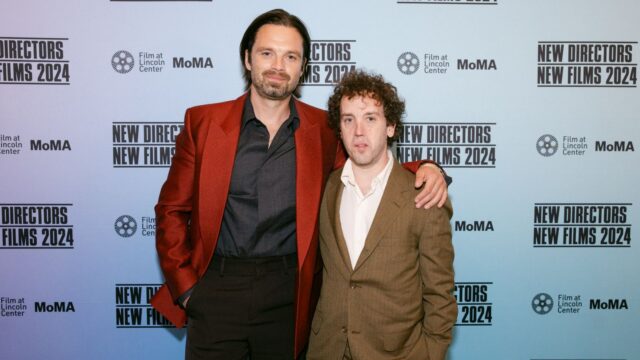Projections Program 6
Color Neutral
Jennifer Reeves, USA, 2014, 16mm, 3m
Hat Trick
Katherin McInnis, USA, 2014, DCP, 4m
“Hat Trick is a collage film that uses the moon landing (and hoax theories) to examine the role of wonder, luck, and inexplicability in science. The film combines documentation from NASA training programs, on-set stills from the “technically accurate” cult film Destination the Moon, and other images from the sets of pre-digital filmmaking. In the age of assumed airbrushing, craft, skill, and luck are forgotten parts of illusions (or exploration). Hat Trick is inspired by both my father’s work at NASA, and the performances of my magician friend Danny T.” —Katherin McInnis
Sleeping District
Tinne Zenner, Denmark/Russia, 2014, 16mm, 11m
“Outside and interior views of residential areas built during the Soviet Era are juxtaposed with disjointed conversations translated from Russian into a broken English. The film explores notions of home shaped by memory, history, relations, and objects. While related to tangible experiences, it suggests how these inform our imagination.” —Tinne Zenner
Zinoviev’s Tube: Tape 2 of the Inner Trotsky Child series
Jim Finn, USA, 2014, digital projection, 22m
In this tape—the second in the Inner Trotsky Child video series—narrator Lois Severin is back with advice for post Berlin Wall leftists dealing with life in the Prime Material Plane of Corporate Capitalism. Instead of a silver cord, you will use Zinoviev’s Tube to astrally project your mind to a zombie cesspool with Ronald Reagan and hear Muammar Gaddafi’s advice on returning from space travel. There is also the familiar soothing music and affirmation exercises of the first tape, Encounters with Your Inner Trotsky Child (NYFF ’13). The movement’s founder Lois Severin, a former Trotskyite turned suburban housewife, was responding to the move from mass sociopolitical engagement of the ’60s and ’70s to the personal fulfillment fantasies of the ’80s—the Jane Fonda-ization of the Left. While right-wing activists prepared the ground for the Reagan Revolution, the Inner Trotsky Child movement was an attempt to radicalize the personal fulfillment and self-help scene and prepare the ground for a 21st-century revolution of the mind.
Off-White Tulips
Aykan Safoğlu, Turkey/Germany, 2013, DCP, 24m
Aykan Safoğlu engages with history from marginal perspectives in order to explore alternate readings of cultural artifacts, queer politics, and contemporary Turkish identities, nationalism, and displacement. He develops a rich visual vocabulary, and a voice, that hovers between critique and lyricism. For his work Off-White Tulips he draws from popular culture, current events, and historic records, as well as from his active engagement in local communities in both Istanbul and Berlin. Concentrating on James Baldwin’s extended stays in Istanbul in the ’60s and ’70, Aykan Safoğlu challenges the limits of an autobiography mostly relying on found materials such as Sedat Pakay’s photography. He conducts a parade of images to investigate linguistics, racism, and transnational discourses throughout this video-essay.
End Reel
Julie Murray, USA, 2014, DCP, 7m
“What is in motion moves neither in the place it is nor in one in which it is not.” —Zeno
“The last reel of the 35mm Hong Kong action film The Green Hornet, examined over a lightbox on an editing bench with hand-crank rewinds and recorded using a low-res pocket-camera. End Reel convolves the aberrations found within two image-making technologies; film and video, which here combine to produce a heap of dichotomies and forensic textures of process, like human imprints in sand.” —Julie Murray
Picture Particles
Thorsten Fleisch, Germany, 2014, DCP, 6m
Individual elements from a carrier of visual information have been isolated to construct alternative visual reagents. Repetition (in space and in time [and in moderation]) is administered as a binder to tame the wild particles in motion, evoking a golden ratio of the mind’s eye. For this film, found Super-8 footage was the source material. It was cut to small pieces and investigated further with other film formats (16mm and 35mm) by means of optical printing and reshooting the projected material. After applying this analog feedback loop for a while the result has been transferred to video and edited further. Using historical imagery on a historical film carrier as the building blocks for an alternate reality, the influence conserved history has in building our present and thus the future is suggested.

